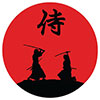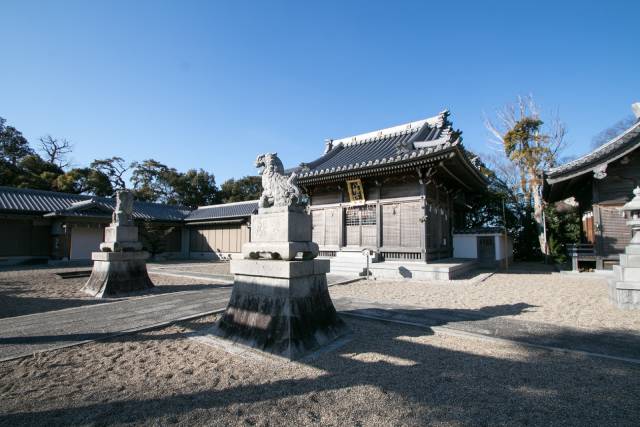
Anjo Castle was built on a slight elevation at the edge of the Hekikai Plateau, about 2 kilometers southeast of present-day central Anjo City in Aichi Prefecture. Today, the surrounding area thrives on large-scale agriculture and automotive manufacturing, utilizing the expansive flatlands and its proximity to the Nagoya region.
The exact year of Anjo Castle’s construction is unknown, but it is believed to have been established in the mid-15th century by the local Hatakeyama clan. The original Anjo Castle was located roughly 500 meters west of the current site, within a valley near a water source, serving as the residence of a minor local lord.
As the Hatakeyama clan expanded their power, they relocated their main stronghold to the current location. The new castle was built on a peninsula-like height surrounded by marshland, making it naturally defensible. It also commanded both the old Tokaido Road and the Yahagi River, giving it control over key land and water transportation routes.
Around the same time, the Matsudaira clan — based in the Matsudaira region of present-day Toyota City and ancestors of the Tokugawa Shogunate — began expanding southward. In the mid-15th century, they captured Iwatsu Castle (in present-day Okazaki City) and pushed into the Okazaki Plain.
Structure of Anjo Castle
Anjo Castle featured a central enclosure and several surrounding areas. The main enclosure was a rectangular space measuring about 60 meters by 30 meters, now the site of a temple. The central area stood about 5 meters above the surrounding terrain and was once fully enclosed by clay walls, although only the western portion remains today.
To the south of the main enclosure was the secondary enclosure, now home to a shrine. This area was originally larger but was reduced in size due to the expansion of dry moats and the construction of thick clay walls, strengthening its role as a defensive buffer zone.
North of the main enclosure was the castle’s northern gate, where remnants of a turret platform still survive. To the west, where a museum now stands, was a corridor area designed to launch side attacks against enemies approaching the north gate. Overall, the castle measured about 200 meters in length and 100 meters in width.
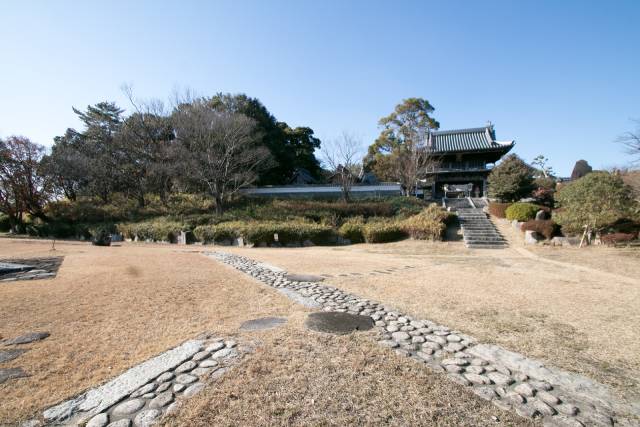
The Matsudaira and Oda Clans at Anjo Castle
The Matsudaira clan controlled Anjo Castle for around 20 years until Matsudaira Kiyoyasu (1511–1535), grandson of Matsudaira Nagachika, moved their base to Okazaki Castle. Kiyoyasu succeeded in unifying much of Mikawa Province, but his assassination in 1535 significantly weakened the clan's power.
This power vacuum attracted the attention of Oda Nobuhide (1511–1552), lord of neighboring Owari Province and father of the famous Oda Nobunaga, as well as Imagawa Yoshimoto (1519–1560) of the powerful Imagawa clan from Suruga Province.
In 1540, Nobuhide invaded Mikawa Province, capturing Anjo Castle and pressuring Matsudaira Hirotada (1529–1549) at Okazaki Castle. In response, Hirotada submitted to the Imagawa clan, sending his son Takechiyo (later Tokugawa Ieyasu) as a hostage. However, Nobuhide managed to capture Takechiyo by bribing the Toda clan, who were responsible for the hostage transfer.
In 1548, Nobuhide attempted to seize Okazaki Castle, leading to a major confrontation at the Battle of Azukizaka. Imagawa forces, led by the monk-general Taigen Sessai (1496–1555), defeated the Oda army.
In 1550, Imagawa forces attacked and captured Anjo Castle, taking Nobuhide's eldest son, Oda Nobuhiro (?-1574), as a prisoner. Nobuhiro was later exchanged for Takechiyo. With Hirotada’s death in 1549, the Imagawa clan effectively took control of Mikawa Province under the name of Takechiyo.
The Decline and Legacy of Anjo Castle
Anjo Castle remained in use for about 10 more years but was eventually abandoned following the peace agreement between Oda Nobunaga and Tokugawa Ieyasu after the Battle of Okehazama in 1560. It is possible that the castle was briefly restored as part of Okazaki Castle’s defensive network during Ieyasu’s conflict with Toyotomi Hideyoshi in 1584.
Today, while no buildings remain, traces of Anjo Castle’s structure survive in the grounds of a temple and a shrine. The surrounding marshlands, once crucial to the castle’s defense, have been lost to land reclamation, and the site now sits amid expansive rice fields. However, by carefully comparing the current terrain with old maps, the strategic significance of Anjo Castle — once the main base of the Matsudaira clan and the center of fierce regional struggle — becomes clear.
See also
-
Marugame Castle
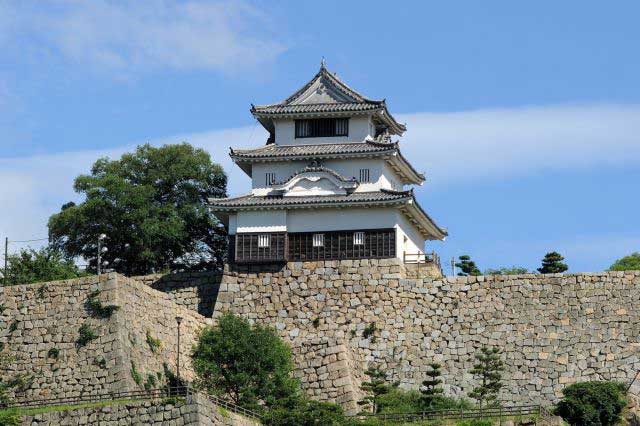
Marugame is part of the so-called “Authentic Dozen,” a group of twelve castles whose donjons have survived to the present day without major reconstructions since the Edo period.
-
Iyo Matsuyama Castle
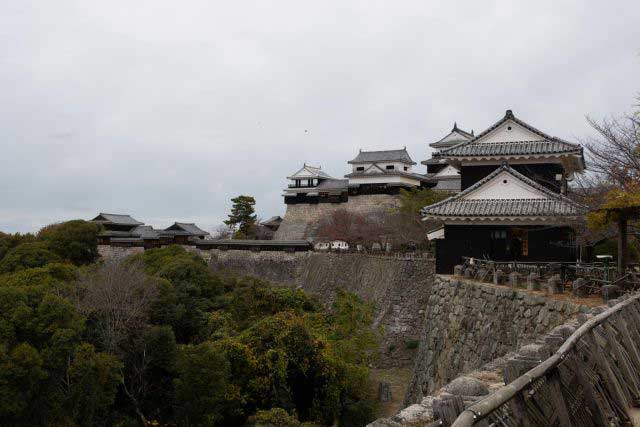
Historically, the center of Iyo Province—corresponding to today’s Ehime Prefecture on the island of Shikoku—was the city of Imabari, while the Matsuyama area was regarded as an agricultural hinterland with broad plains and low hills. During the Muromachi period, the central part of the province was governed by the Kano clan from Yuzuki Castle. With the onset of the Sengoku period, however, this clan lost its former influence and was forced to survive in the shadow of the more powerful Mori and Chōsokabe clans. After Toyotomi Hideyoshi’s forces conquered Shikoku in 1587, the northern part of Iyo Province was granted to Fukushima Masanori, one of the so-called “Seven Spears of Shizugatake.” In 1595, Masanori was transferred to Kiyosu Castle, and the lands around Matsuyama were given to another of the Seven Spears, Katō Yoshiaki, who received Masaki Castle and an income of 60,000 koku of rice.
-
Kanazawa Castle
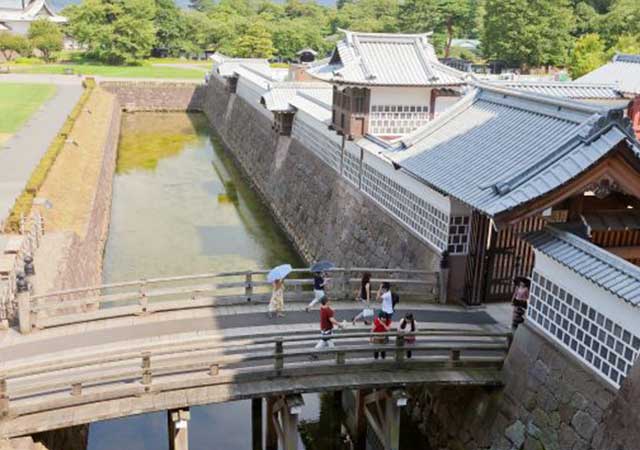
Construction of Kanazawa Castle began in 1580 on the orders of Sakuma Morimasa, a vassal of Oda Nobunaga. The castle was built on the site of the Ikko-ikki sect's Oyama Gobo temple, which is why it is sometimes called Oyama Castle. Morimasa managed to build several moats and begin construction of a castle town. However, after his defeat at the Battle of Shizugatake in 1583, he was executed, and ownership of the castle passed to Maeda Toshiie (1538–1599).
-
Nakatsu Castle

Kuroda Yoshitaka (1546–1604) was one of the closest advisors to the legendary military commander Toyotomi Hideyoshi. He took part in key military campaigns of the late 16th century, including the campaign against Shikoku in 1585 and the campaign against Kyushu in 1587. Later, during the second campaign in Korea, Yoshitaka served as chief advisor to the commander of the invasion forces, Kobayakawa Hideaki. After Hideyoshi's death, he swore allegiance to Tokugawa Ieyasu, thereby securing his influence and patronage under Japan's new leader.
-
Edo Castle

The history of Edo Castle dates back to the Heian period, when the Edo clan built a small fort on this site. In 1457, the vassal of the Uesugi clan, Ota Dokan (1432–1486), constructed a full-scale castle here. Internal conflicts weakened the Uesugi clan, and in 1524, Ota Dokan’s grandson, Ota Yasutaka, surrendered the castle without resistance to the forces of Hojo Soun, the ambitious leader of the Hojo clan. While Odawara Castle remained the clan's main stronghold, Edo was considered a key strategic fortress.
-
Samurai Museum Shinjuku
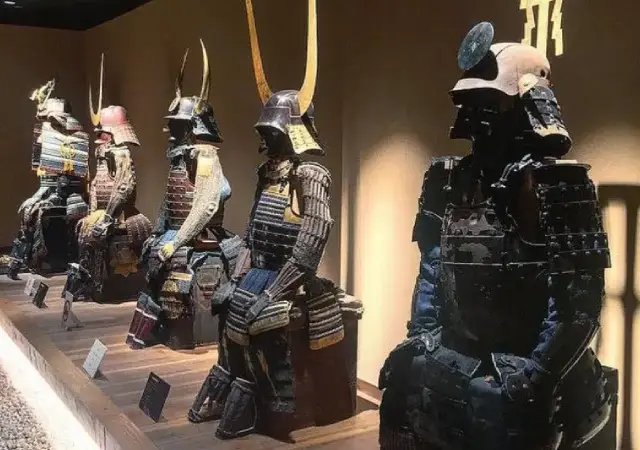
Situated in the vibrant district of Shinjuku, the museum showcases an extensive collection of samurai armor, weapons, and cultural artifacts spanning from the Kamakura to the Edo period. The exhibits aim to convey the samurai's unwavering commitment to honor and discipline, reflecting how their spirit continues to influence modern Japanese culture.
-
Numata Castle
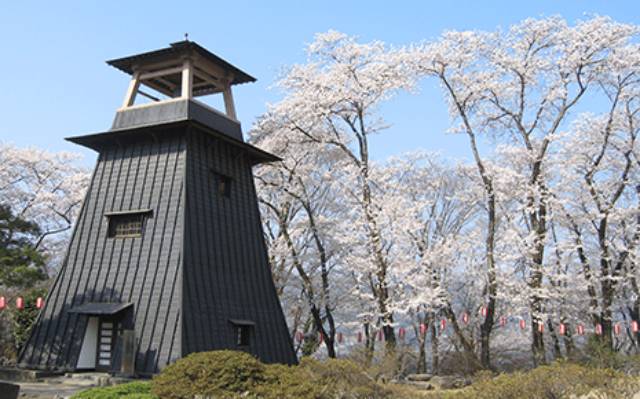
Numata Castle, located in Numata, northern Gunma Prefecture, Japan, has a rich and complex history. During the late Edo period, it served as the residence of the Toki clan, who ruled the Numata Domain. Over the centuries, the castle changed hands multiple times and was the site of significant battles during the Sengoku period.
-
Iwabitsu Castle
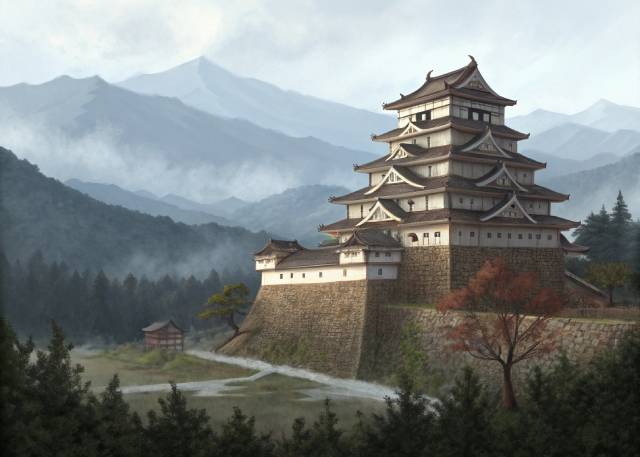
Iwabitsu Castle is a yamashiro-style (mountain) castle located atop Mount Iwabitsu in Higashiagatsuma, Gunma Prefecture, Japan. Recognized for its historical significance, its ruins have been protected as a National Historic Site since 2019.

